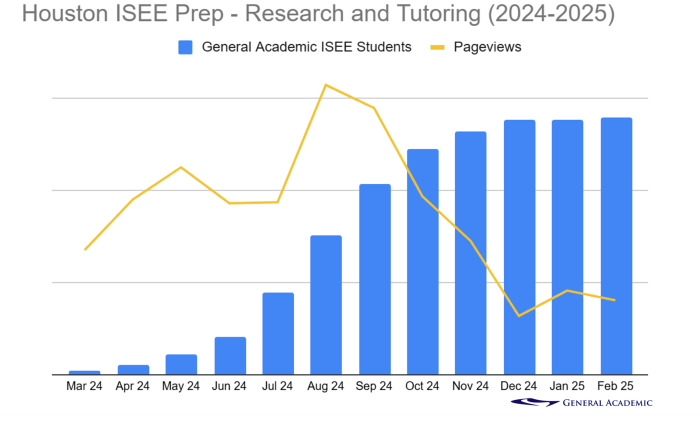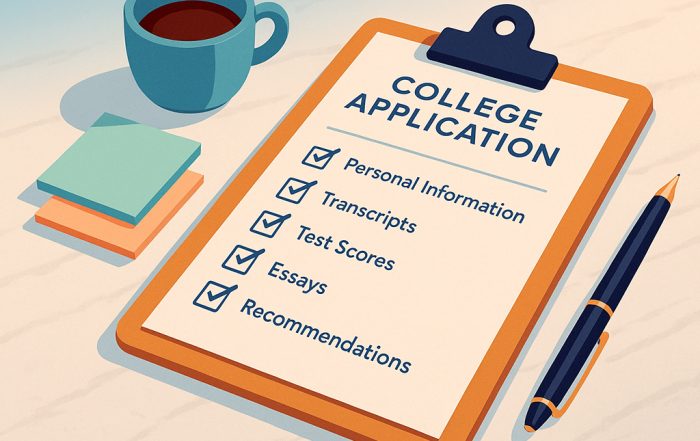Format and Cost
We’ll begin with a consultation with you to discuss your student’s strengths and weaknesses, and then the tutor administers a series of diagnostics in the first several sessions to establish expectations and goals for your student’s needs. From there, the tutor takes your student through our curriculum and materials at your student’s pace, which includes addressing any issues with their current schoolwork. Your student can meet with their tutor in our office or in your home.
Our program is designed to engage students year-round and is structured as:
- Meeting twice a week for 1-hour each time
- Split 30 minutes for math and 30 minutes for reading and writing in each session
- Homework is assigned after each session
To ensure schedule integrity and consistency with the same tutor, we strongly recommend that the days and times of these sessions remain the same throughout the program.
Each 1-hour, private tutorial starts at just $80/hour when meeting at our office or $95/hour when meeting in-home. Exact hourly rates depend on the tutor and scheduling frequency.
Curriculum Highlights
Our Elementary Learning Program tutors have experience with and are specifically trained to work with grade 1 through 5 students to:
- work ahead and challenge their skills
- supplement and reinforce class material
- remediate weaknesses and help them reach their full potential
- develop the speed and confidence they’ll need to excel on standardized testing
FAQs
Our Latest News and Analysis
When Should Houston Students Start Preparing for the ISEE Test
Most students in Houston start researching ISEE prep in March and start tutoring by August the year they apply to [...]
The Best Cooling Neck Fans to Beat the Heat
Only commercialized within the last few years, thermoelectrically-cooled neck fans promise to keep you comfortable indoors and outdoors. They [...]
How to Build a Balanced College List When Applying to College
Choosing where you will spend the next four years is a high-stakes decision that shapes your learning, finances, and future [...]
Love What You’re Learning – A Conversation with Sam Garvin
We are excited to highlight one of our private tutors with a personalized approach here at General Academic: introducing Sam [...]




